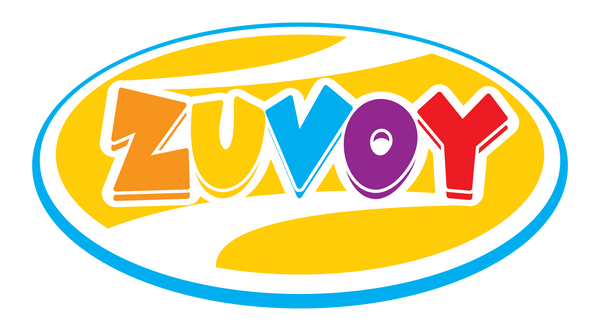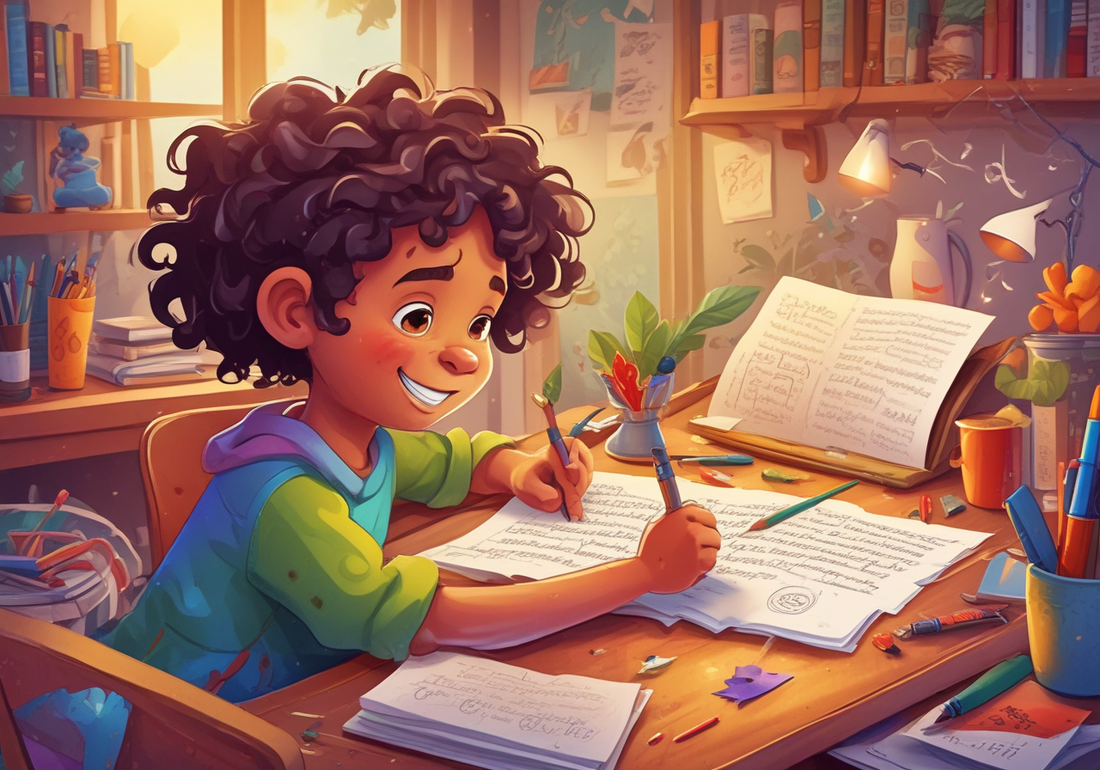Key Highlights
- Creative writing nurtures language skills, imagination, and self-expression in young children.
- Worksheets provide structured activities that make learning fun and engaging.
- It's crucial to choose age-appropriate worksheets that match the child's comprehension level.
- Creating a supportive and inspiring writing environment is essential for fostering creativity.
- Regular practice, even for short durations, helps solidify learning and build confidence.
Introduction

In today’s world, where social media and screens are everywhere, it's very important to encourage young children to discover the joy of writing. Creative writing is more than just writing down words. It helps kids use their imagination, develop their language skills, and express themselves. This beginner's guide will look into creative writing worksheets for kids. It aims to give parents and teachers the tools and knowledge they need to start this fun journey together.
Understanding the Basics of Creative Writing for Kids
Many people think creative writing is a skill you either have or you don’t. But this is not true. Like any skill, writing skills can be learned and improved over time with the right help.
Starting creative writing when kids are young can be very good for their growth. It helps them think in new ways, use their imagination, and express themselves in special and meaningful ways.
What is Creative Writing?
Creative writing is more than just knowing how to write. It lets kids use their imagination, tell stories, and share their feelings. Through stories, poems, plays, and other fun writings, children can think about their thoughts and feelings. They also learn important language skills along the way.
With creative writing, kids get to play around with words, make up characters and new worlds, and try out different styles of writing. This kind of writing can help boost their vocabulary, grammar, and overall language skills.
Why Creative Writing is Important for Children
Creative writing has many benefits for young minds. It helps them think critically and enhances their critical thinking skills. They can create plots, develop characters, and solve problems in their stories. This process helps their brain grow and builds problem-solving skills. Creative writing also boosts vocabulary and improves language skills. It exposes kids to more words and different sentence structures.
Also, creative writing helps kids feel better about themselves. When they see their ideas and stories come alive on paper, they feel accomplished. This encourages them to share their thoughts and feelings openly. Creative writing allows them to express their emotions and imagination.
Getting Started with Creative Writing Worksheets

Introducing creative writing to kids can be fun and beneficial. Creative writing worksheets provide a clear way to encourage imagination and help kids develop basic writing skills in a fun way.
Before starting with the worksheets, it's important to get the right tools and resources. This will help create a supportive and inspiring place for your child to write.
Essential Tools and Resources Needed
To help young children enjoy creative writing, it's important to have the right tools. Here are some suggestions:
- Age-appropriate writing materials: Use pencils, crayons, markers, or a computer based on what the child likes and their age.
- Colorful paper and notebooks: Choose fun stationery that makes writing more exciting for toddlers.
- A variety of creative prompts: Use pictures, story starters, or interesting objects to inspire their imagination.
- Comfortable writing space: Set up a specific area where they can write without being distracted.
Step 1: Choosing the Right Worksheets
Selecting age-appropriate worksheets that align with the child's interests is crucial. For very young learners, simple activities like picture prompts or sentence completion exercises can be a great starting point.
As their language skills and comprehension improve, introduce more challenging worksheets that involve storytelling, character development, and even basic grammar and punctuation.
|
Age Group |
Worksheet Examples |
Focus Areas |
|
Toddlers (3-4 years old) |
Picture prompts, tracing letters, coloring pages with simple words. |
Fine motor skills, letter recognition, basic vocabulary. |
|
Preschoolers (4-5 years old) |
Sentence completion, story sequencing, simple storytelling with pictures. |
Sentence structure, basic storytelling, vocabulary building. |
|
Early Elementary (6-8 years old) |
Story starters, character descriptions, short story writing prompts. |
Developing plot, character development, expanding vocabulary and grammar. |
Step 2: Creating a Conducive Writing Environment
Young children do best in places where they feel safe and supported. Set up a quiet and comfy spot for writing, and make sure there are no distractions. You can boost their creativity by giving them colorful stationery, inspiring posters, or a special "writing corner." Make writing fun by adding games, storytelling, and praise.
Also, helping kids love reading can improve their writing skills. Show them different types of books and authors. Talk about the books they read and encourage them to share their ideas. This can help grow their vocabulary and comprehension, which will improve their creative writing skills.
Conclusion
In conclusion, helping children develop their writing skills early on is important for their brains and expressing themselves. By creating the right space and giving the right tools, parents and teachers can help kids love storytelling and using their imagination. Creative writing worksheets are great resources that guide young minds to explore their creativity and improve their writing. Encourage your child to start this fun process of finding out who they are through creative writing activities. If you want to start your child's journey in creative writing, look for engaging worksheets designed for young writers. Let's work together to inspire the next generation of storytellers!
Frequently Asked Questions
What Age is Appropriate to Start Creative Writing?
You can start teaching young children about writing when they are very little. Even toddlers can enjoy activities like scribbling, drawing, and using writing tools. As they get older, you can slowly add suitable writing exercises and a variety of activities for them. The most important thing is to make it fun and a good experience for them.
How Can Parents Encourage Creative Writing at Home?
Parents can help kids with creative writing by making it a fun part of their daily routine. You can encourage storytelling and give writing prompts based on what they like. Always offer praise and support for their work. Reading out loud to toddlers is important. Playing word games and talking with them about different ideas can also help improve their language skills and vocabulary.
Can Creative Writing Worksheets Be Used in Schools?
Creative writing worksheets are great tools for teachers. They help young children get involved in writing activities. These worksheets have structured exercises that improve writing skills and encourage creativity. Teachers can use them in lesson plans, as extra materials, or give them as homework.
Where Can I Find Creative Writing Worksheets for Kids?
Many websites provide free and printable creative writing worksheets for children. The HP Print Learn Center is one such site. It has a large collection of worksheets sorted by age group and skill level. You can also find books and activity kits made to help kids with their creative writing skills.
How Often Should Kids Practice Creative Writing?
The number of times a child should practice writing can change based on their age, interest, and what they have planned. Still, even brief writing sessions done regularly can be helpful. Motivate them to write a few sentences or a paragraph every day. This will help them work on their ideas and share their thoughts in a clear way.

